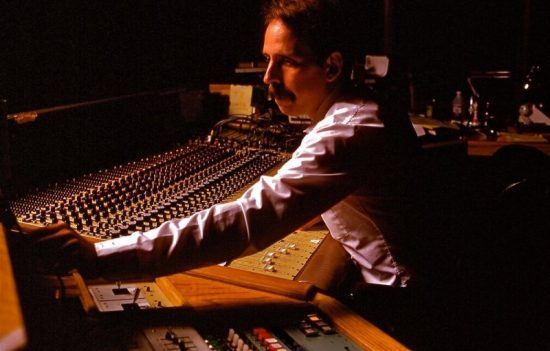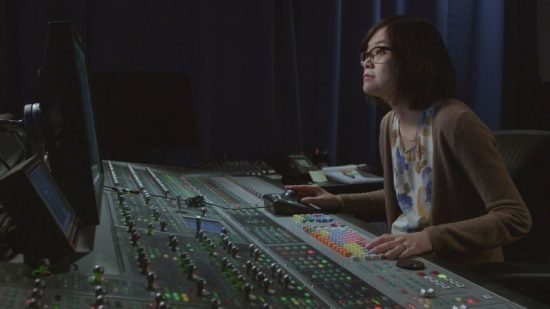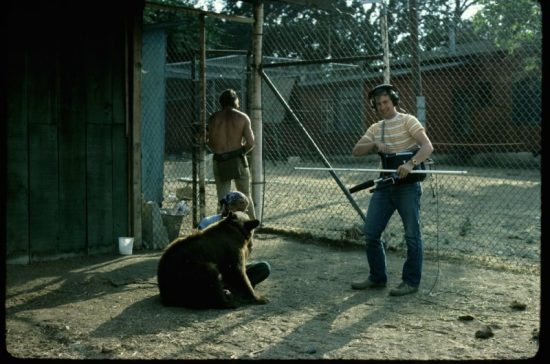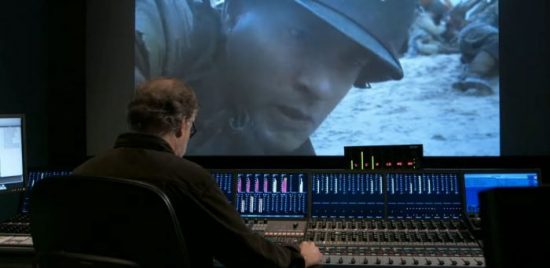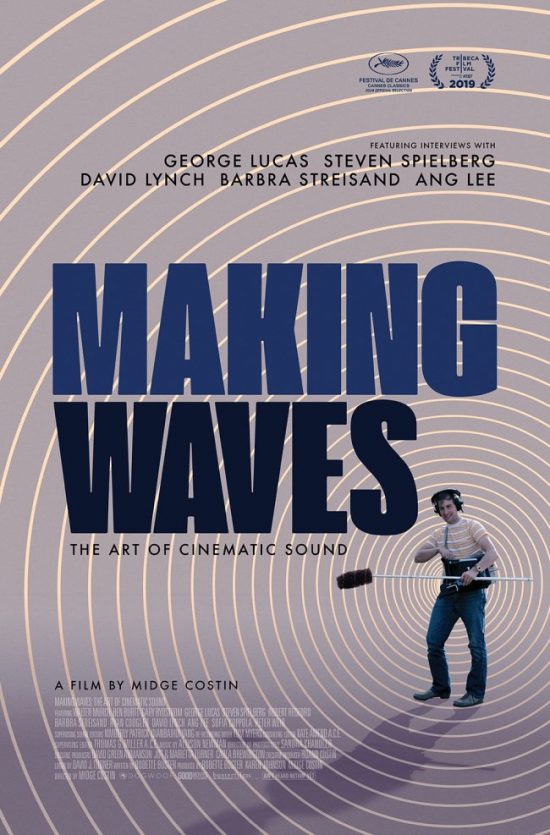LFF 2019 Review – Making Waves: The Art of Cinematic Sound
Last year you may recall I reviewed Score, a documentary on the history and evolution of music in cinema. Making Waves is a perfect partner to Score, with Midge Costin’s new documentary (taking a bow at this month’s London Film Festival) focusing more on the role of sound in the cinema, from the earliest days (basic sound effects, the struggle to find good ways to record decent quality dialogue for the talkies) through to later film-makers who consider the soundscape – dialogue, effects and more – to be an integral part of how they wish their audience to experience their work.
As with Score, Making Waves takes a roughly chronological approach, starting briefly with the silent movie era, and as with Score pointing out that even in the teens and roaring twenties, those early flickering images were never truly silent. Most cinephiles are, I’m sure, well aware that live music usually accompanied silent projections (indeed performers like Buster Keaton sometimes worked visual clues into the film to give the musicians in the cinema a clue to the tempo they should play), but as is explained here, some of the fancier cinemas for some big releases would also employ what we would now consider special effects sound technicians who would make basic effect live to go along with the film, drawing on the theatrical tradition.
With the arrival of the talkies, of course things changed, although not as much as you might assume. Obviously we could now hear the stars of the Silver Screen talk (and as was well satirised in films like Singin’ in the Rain, those early recording devices and microphones came with all sorts of problems!), and there would be music and effects, from the crack of thunder and lightning (what would Frankenstein and so many other Universal monster movies be without that?) to the simple sound of footsteps, all adding depth, and believability to what we are watching, drawing us further into the film’s world.
The film does note, however, that for the most part, for several decades after the arrival of sound, most directors and producers treated the audio as an afterthought- dialogue, some music, some small sound effects like a door hinge squeaking, or a car engine backfiring. There were, of course, notable exceptions to this approach – the iconic King Kong wasn’t just groundbreaking in terms of visual effects, it was clever in creating and mixing sound effects to partner those visuals, thanks to Murray Spivack. The boy wonder Orson Welles had taken his usual methodical and experimental approach to his famous radio productions, giving them a rich soundscape to draw in listeners, and unsurprisingly he took this belief that the soundscape was a vital component of the whole experience to his movies as well.
Much of the most interesting material comes a bit later, unsurprisingly with the new wave of film-makers, who grasped how important the audio elements were, creators who were interested in every aspect of the many components that go into making their films what they are. Hitchcock, of course, Stanley Kubrick, and a raft of hungry new talent like Martin Scorsese, Francis Ford Coppola, George Lucas, David Lynch and more. There are some fascinating talking heads here from many of these now-iconic talents, Coppola and his sound team discussing working the sound ideas into the script, ideas like those amazing helicopter blade effects swish, swish, swishing, using multi-channel recording and playback to allow the sound to move around the theatre. Lynch discusses the soundscape in the astonishing Eraserhead, how much it added to the visuals he was crafting (think on that deceptively simple slow zoom on the radiator and the increasing hiss of steam, audio and visual working perfectly together).
Alongside newer directors and sound techs interested in working together, the latter half of the twentieth century really ups the level of what sound can do in a film on the technological side too. Dolby and multi-channel recording, mixing and playback offers up so many possibilities, and again the film draws on a roster of top talent to talk about how they have used the new sound technologies, from Barbara Streisand innovating the way music and song was incorporated into the film-making process, to George Lucas on the importance of sounds like the scream of a TIE Fighter or the swoosh of a lightsabre, talking to innovative sound techs like Walter Murch and Ben Burtt as well the directors they’ve worked hand in glove with (and boy this has an impressive array of big names – Spielberg, Nolan, Redford, Lucas, Coppola and more).
Linking the different elements covered- ADR (Additional Dialogue Replacement), the Foley artists, editing, music, sound effects etc – the film uses a “circle of talent” to show each element as it covers it (the graphics pleasantly reminding me of VU meters on a sound deck, very appropriate), and this allows the film to move through the different aspects involved in the soundscape of a film production in a clear manner, showing how they have evolved and how they operate, not to mention how they are drawn together into the completed film. This is a fascinating documentary for any cinephile, and while the big name directorial talent doing vox pops here is impressive, it’s even better to see the normally hidden, behind the scenes talent given their fifteen minutes here. I think the only problem I had with this is that with a century of movies to explore there is so much more I would love to have seen explored, but that would take a mini-series on TV rather than a film, and given the constraints of a ninety or so minute film I think Costin has done a wonderful job.
Making Waves is being shown by Dogwoof at this month’s London Film Festival, and will be released in cinemas and on-demand from November 1st.

